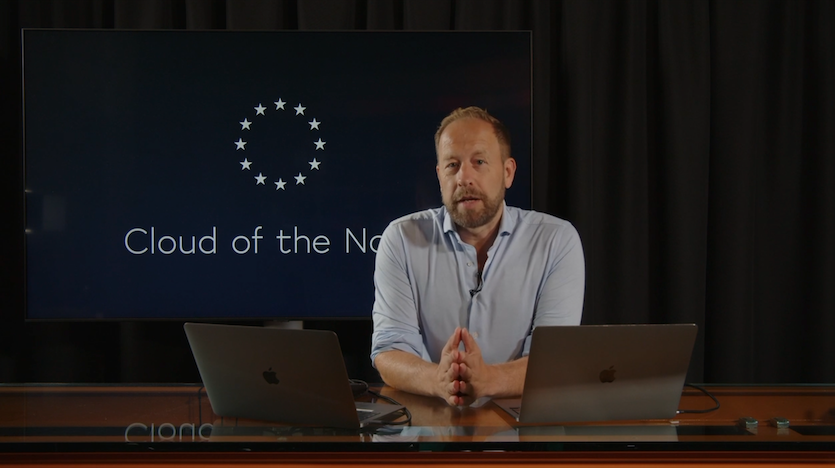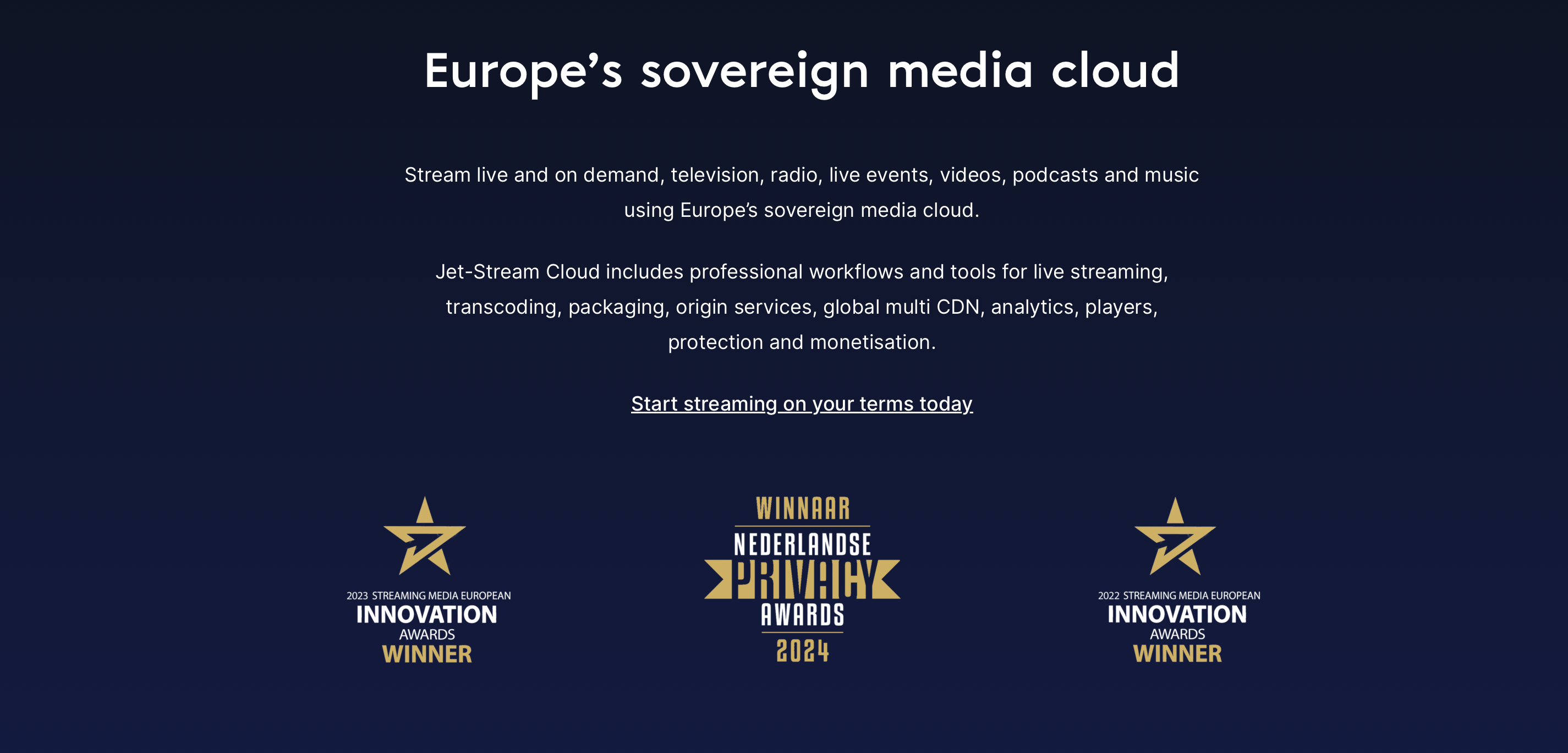The Impact of iOS 14.5 App Tracking Transparency on Publishers
Last updated: 12 April 2021

If you’ve been keeping up with the news in digital advertising, you might remember when Apple rolled out iOS 14.5 back in 2021. This update came with a new feature called App Tracking Transparency (ATT), which allowed users to block apps from tracking their data. This shift caused significant disruption in the advertising world.
The Impact of Apple’s App Tracking Transparency
When Apple introduced ATT, many experts predicted major impacts on ad revenue. AdWeek estimated: “As many as 68 percent of iPhone users are expected to deny advertisers permission to track them thanks to Apple’s App Tracking Transparency feature, in what is beginning to look like a significant blow to the advertising industry.”.
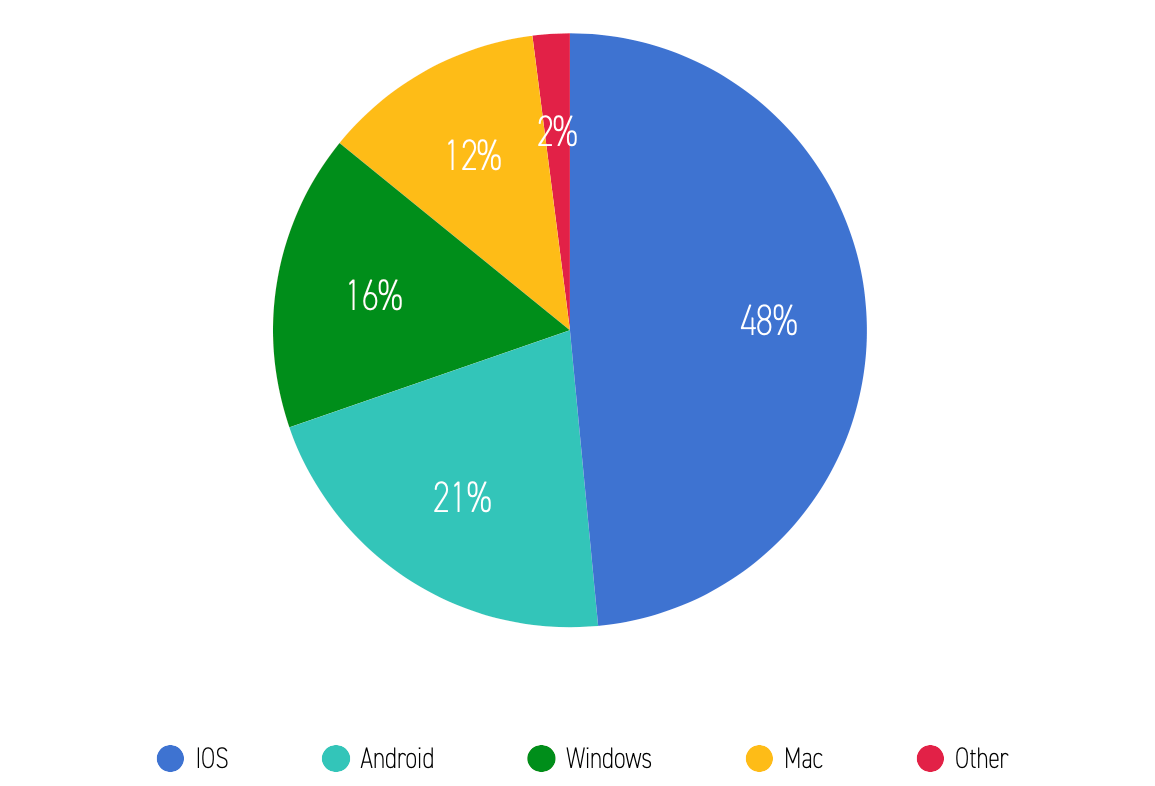
As Loch Rose, the Chief Analytics Officer at marketing company Epsilon, pointed out at the time, no one was entirely sure what would happen once these changes became widespread. However, the early predictions were grim, with expectations that the cost per mille (CPM)—the price advertisers pay for a thousand impressions—could drop by as much as 50%.
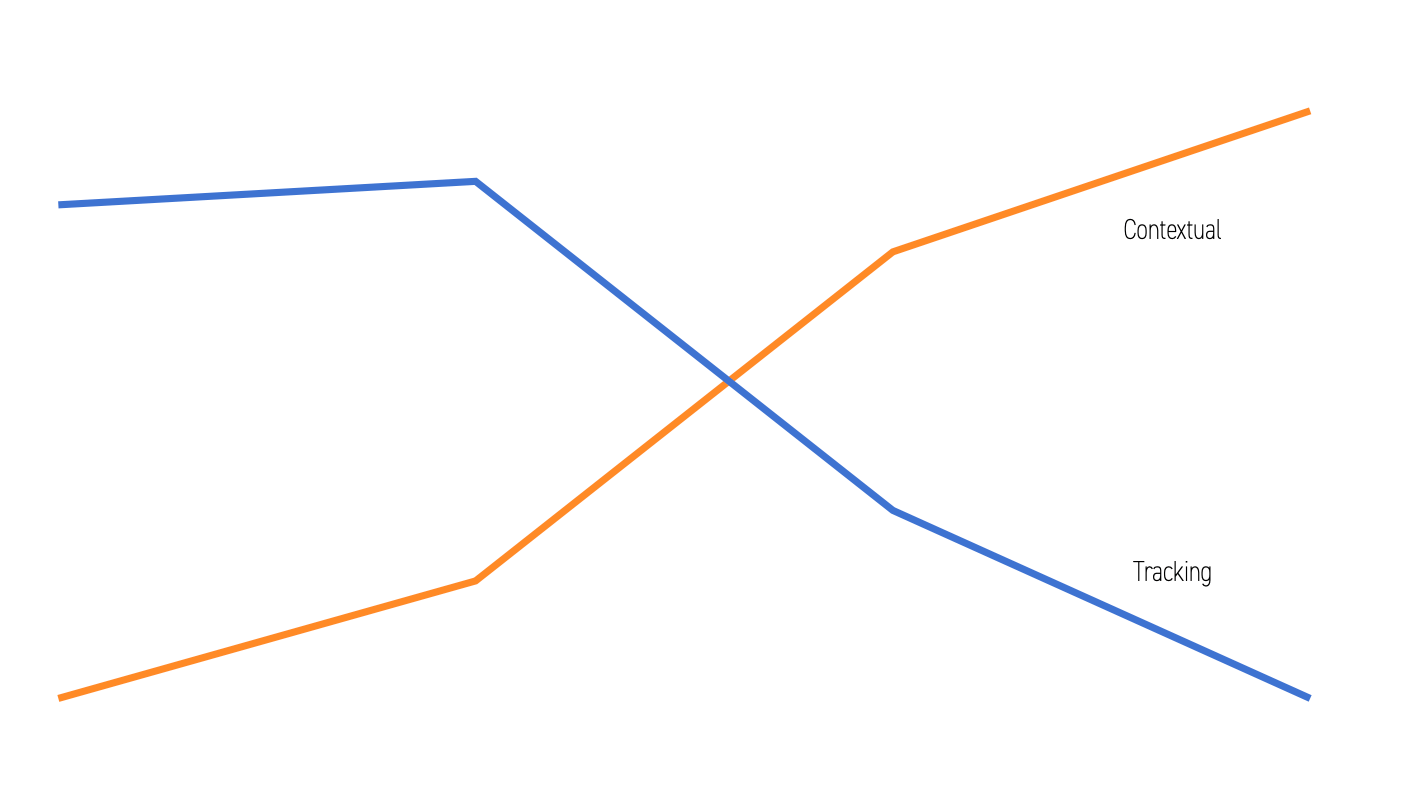
For publishers and broadcasters, the drop in ad revenues was substantial. With trackers blocked, showing video ads in the old way was no longer tenable: not legally, and not commercially. But, as the saying goes, when one door closes, another opens.
A Shift Towards Privacy
Some forward-thinking companies didn’t wait around to see how things would shake out. The Washington Post, for example, decided to stop tracking users altogether in favor of a more privacy-conscious approach. And they weren’t alone. Even Google, a giant in the world of digital advertising, announced a shift towards contextual advertising. The Dutch Public Broadcaster (STER) also saw success with this new method, setting an example for others to follow.
So, What Exactly is Contextual Advertising?
Contextual advertising isn’t a new concept, but it’s definitely having a renaissance. Unlike traditional targeted ads that rely on personal data, contextual ads focus on the content surrounding the ad. For example, if you’re watching a video about cooking, you might see an ad for kitchen gadgets—no personal data required. This method respects user privacy while still delivering relevant ads.
With contextual advertising you provide advertisers rich information about for example the video, the web page, the site, the browser: everything except personal data. This allows the advertiser to target fine-grained, without violating the user’s privacy. This is fully in line with the European GDPR and Dutch AVG legislation.
Jet-Stream’s Role in the Contextual Advertising Revolution
At Jet-Stream, we recognized this shift early on and have fully embraced it with our Privacy Player Pro. This is the first commercially available video player that not only protects user privacy but also secures your ad revenues.
So, what exactly does Jet-Stream offer when it comes to contextual advertising?
- Automatic and manual import and export of descriptive meta tags
- Automatic and manual selection of IAB ad categories;
- Automatic generation of technical metadata about the video and the viewer’s technical environment;
- VAST proxy to shield the viewer from the advertiser;
- Exposing all rich contextual data to the advertiser;
- Showing the advertisements in Privacy Player Pro.
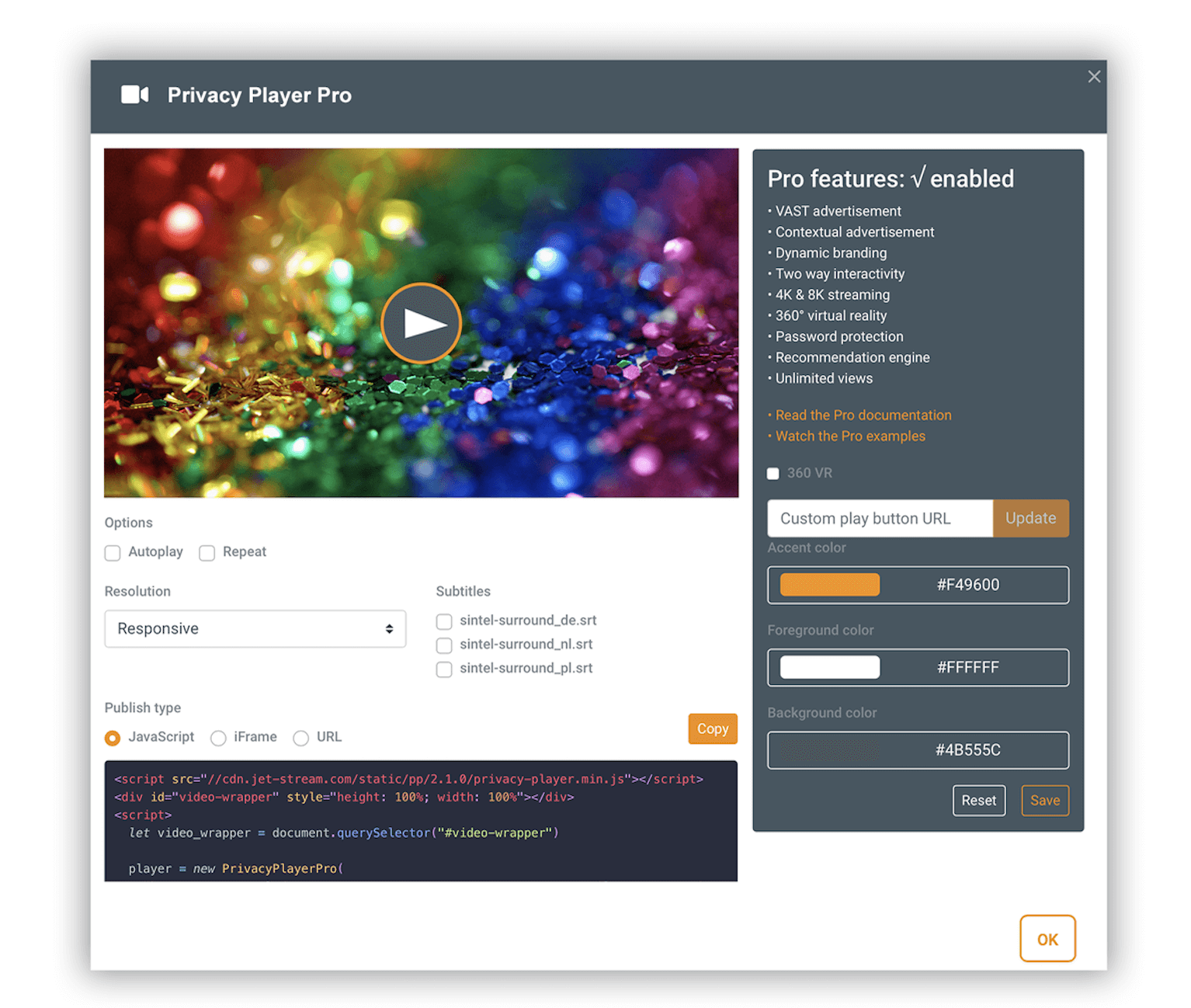
Because privacy is so important to us, we decided to make contextual advertising a free part of the Jet-Stream Platform. Yes, that is quite disruptive.
Why Privacy Player Pro?
You might wonder why you should switch to Privacy Player Pro if you’re already using another player. Here’s why: Privacy Player Pro offers full contextual advertising integration with unlimited views, and it’s included free of charge with our Pro, Enterprise, and Broadcaster packages. Plus, we don’t take a cut of your CPM advertising revenues, meaning more money stays in your pocket.
Share your creativity, not your data. Contact us for a free brochure, a personal live demo and a trial account.



